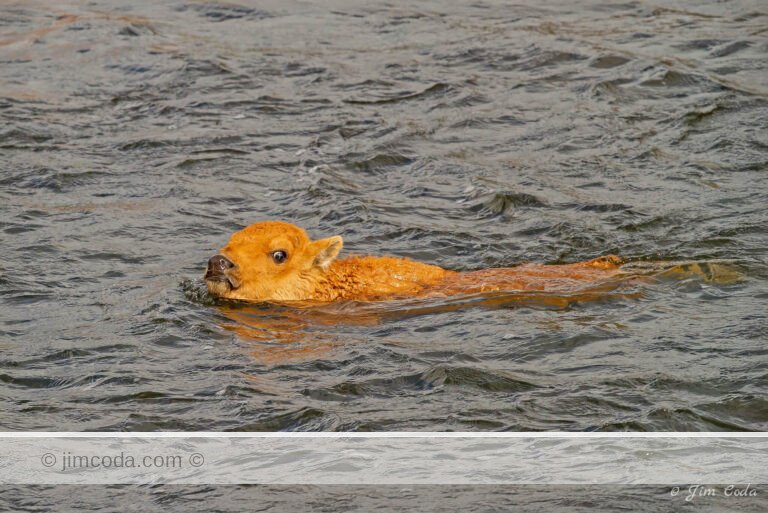Category: Uncategorized
Killdeer, Point Reyes National Seashore
This killdeer had just pulled an earthworm out of the ground...
Bobcat, Point Reyes National Seashore
A bobcat takes a rest in a field. I’ve been seeing a lot...
Northern Harrier, Point Reyes National Seashore
A female or, possibly juvenile, harrier stands on a fence...
Long-tailed Weasel, Point Reyes National Seashore
A long-tailed weasel looks for its next meal on the...
Coyote, Point Reyes National Seashore
This is one of the coyotes I’ve seen recently out at Point...
“What do you want?”
A red-tailed hawk perches on a piling. You might wonder why most of...
Cows Know Best
A cow elk gazes off into the distance. Pardon the anthropomorphism, but she looks like...
No articles found
Prints for sale
Browse my selection of photos for sale as fine art prints
Filter by category
Sorry, no prints in this category









